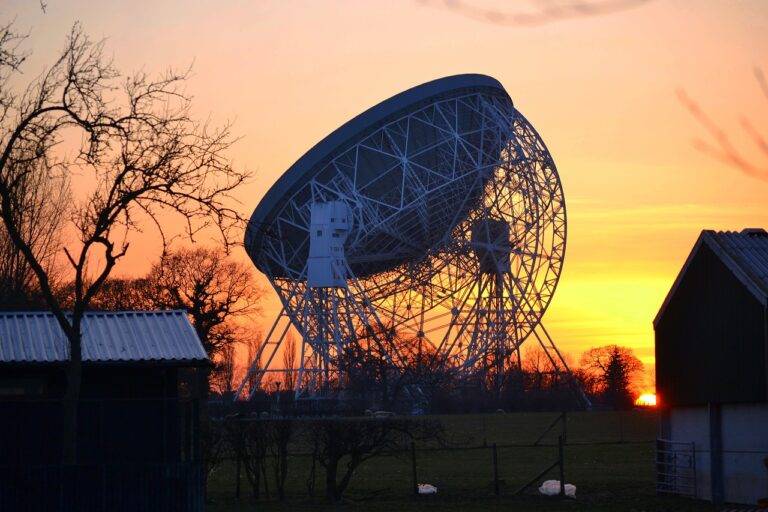The Future of Transportation Infrastructure: Smart Roads, Traffic Management Systems, and Autonomous Vehicles
Modernizing transportation infrastructure presents a myriad of obstacles that city planners and policymakers must navigate. One significant challenge is the sheer scale and cost of upgrading existing systems to meet the demands of growing populations and changing technologies. The need to secure funding and resources for overhauling aging roads, bridges, and public transportation networks is a constant struggle for many municipalities.
In addition to financial constraints, another hurdle in modernizing transportation infrastructure is the complexity of coordinating efforts among different agencies and stakeholders. The disjointed nature of government departments, private companies, and community interests often leads to delays and inefficiencies in the planning and implementation of new projects. Overcoming these bureaucratic barriers requires a concerted effort to foster collaboration and communication among all parties involved in shaping the future of transportation systems.
Benefits of Implementing Smart Road Technology
Implementing smart road technology brings about numerous benefits that can greatly enhance the efficiency and safety of transportation systems. With the use of sensors and data analytics, smart roads can help in monitoring traffic flow in real-time, enabling authorities to quickly identify and address congested areas. This not only decreases commute times but also reduces fuel consumption and carbon emissions, contributing to a more sustainable environment.
Furthermore, smart road technology plays a crucial role in improving overall road safety. By providing alerts for hazardous road conditions, such as ice patches or accidents, drivers can be better informed and take necessary precautions. Additionally, features like smart traffic lights that adjust based on traffic conditions contribute to smoother traffic flow, reducing the risk of accidents and increasing driver safety.
What are some challenges of modernizing transportation infrastructure?
Some challenges include high costs, limited resources, and potential disruptions during the construction process.
How can smart road technology help address these challenges?
Smart road technology can help improve traffic flow, reduce accidents, lower maintenance costs, and enhance overall transportation efficiency.
What are some benefits of implementing smart road technology?
Some benefits include improved safety for drivers and pedestrians, reduced traffic congestion, decreased emissions, and enhanced connectivity for autonomous vehicles.
Will implementing smart road technology require significant changes to existing infrastructure?
Yes, implementing smart road technology may require upgrades to infrastructure such as sensors, cameras, and communication systems to enable data collection and analysis.
How can smart road technology benefit urban areas?
Smart road technology can help cities manage traffic congestion, optimize public transportation systems, and improve air quality by reducing emissions from vehicles stuck in traffic.
Are there any potential drawbacks to implementing smart road technology?
Some potential drawbacks include privacy concerns related to data collection, cybersecurity risks from interconnected systems, and the need for ongoing maintenance and updates to technology.





